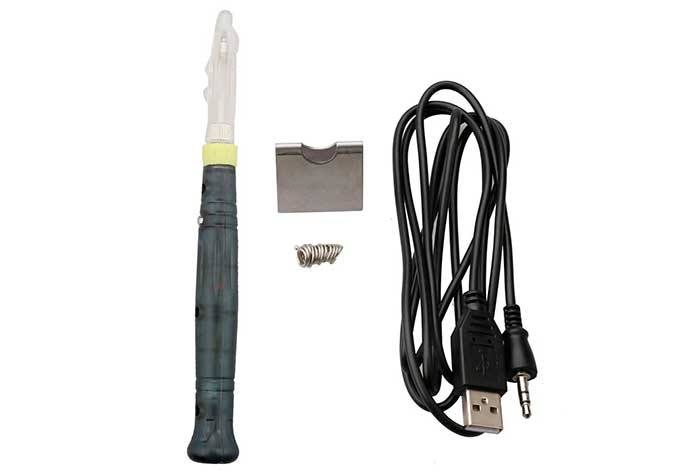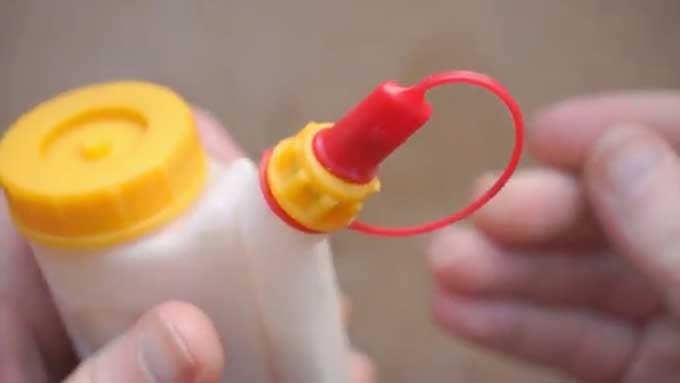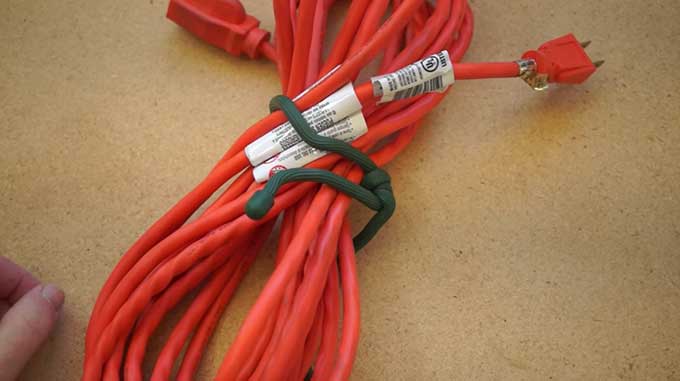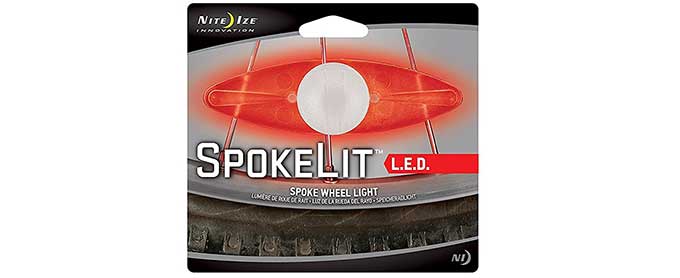A cool tool can be any book, gadget, software, video, map, hardware, material, or website that is tried and true. All reviews on this site are written by readers who have actually used the tool and others like it. Items can be either old or new as long as they are wonderful. We post things we like and ignore the rest. Suggestions for tools much better than what is recommended here are always wanted.
Tell us what you love.Categories
- Announcements
- Aural
- Autonomous Motion
- Backpacking
- Big Systems
- Clothing
- Communications
- Community
- Computers
- Consumptivity
- Craft
- Culture
- Dead Tools
- Deals
- Design
- Destinations
- Dwelling
- Edibles
- Every Day Carry
- Family
- Gardens
- Gareth's Tips
- General Purpose Tools
- Health
- Homestead
- Inner Space
- Just 1 Question
- Kitchen
- Learning
- Life on Earth
- Livelihood
- Living on the Road
- Maker Tools
- Maker Update
- Materials
- Media Tools
- Multiple Product Reviews
- No Stream
- Nomadico
- Paper World
- Photography
- Play
- Podcast
- Prove Us Wrong
- Readers' Gifts
- Recomendo
- Related Stuff
- Science Method
- Somatics
- Source Wanted
- Tips
- Tool Chest
- Tools for Possibilities
- Uncategorized
- Vehicles
- Videos
- Visual Media
- What's in My Bag
- Workplace
- Workshop
52 Surprising Things
Every December, writer Tom Whitwell publishes an eclectic list of 52 surprising things Whitwell learned over the year. It’s one of my favorite year-end reads. A few samples:
- Marchetti’s Constant is the idea that throughout human history, from cave dwellers to ancient Greeks to 21st century Londoners, people tend to commute for about an hour a day — 30 minutes out, 30 minutes home. So faster travel leads to longer distances, not less time. [Cesare Marchetti, plus a 2025 update]
- The Casio F91W — the ubiquitous digital watch, worn by Osama Bin Laden, costing just £12 — has been faked for years, and the fakes are getting better and better. [Andy C]
- Childhood peanut allergies are falling dramatically, perhaps because advice to avoid peanuts was reversed. [Simar Bajaj]
Browse his previous lists here. — MF
Watchable American history
I believe every American should be required to watch Ken Burn’s Civil War series to understand their country today. Ken Burns has done it again with his new series on The American Revolution. Six episodes, 12 hours. LIke his other series, it unsettles the story-book history we have in our heads, and celebrates the complexity of the actual ideas, events, and complicated characters at the time. — KK
See yourself as a verb
“The existential balm of seeing yourself as a verb, not a noun” is a perspective‑shifting essay that explores a gentler way to hold the fear of death by reframing the self not as something fixed, but as a natural unfolding process. The author suggests reframing personhood as a shifting weave of body, breath, memory, mood, and perceptions, always in motion and in relationship with the world. The idea is to loosen perfectionistic pressure around having to be a fixed, definitive “someone,” and instead approach death as a quieting down of processes rather than the annihilation of a solid self. — CD
Sharpen dull Airbnb knives
I’ve stayed in Airbnbs in many different countries, and have learned one universal truth: the kitchen knives are invariably dull. As a service to myself and future guests, I’ve started bringing a small knife sharpener with me when I travel. The Smith’s 2-Step Knife Sharpener is inexpensive, small, and lightweight, so I don’t mind packing it. It takes less than a minute to restore the edge on a blade. — MF
Freak Pages
Freak Pages is a directory for the weirdest Wikipedia entries, community‑curated to help you discover strange topics you’ve probably never heard of. Lots of rabbit holes to dive into. — CD
Quotable quotes
Here are some quotes I gathered recently:
- It takes a lot of work to make something simple. — Steve Wozniak
- One of the most realistic parts of Lord of the Rings is that almost no one wanted to get involved, until it was very nearly too late. — Ricki Tarr
- Everyone searches for opportunities while running from problems, missing that they’re the same thing. Problems aren’t obstacles to opportunity, they ARE the opportunity. — Shane Parrish
- Without data, you’re just another person with an opinion. — W. Edwards Deming
- When people ask me if I went to film school I tell them “No I went to films.” — Quentin Tarantino
- Thinking small is a self-fulfilling prophecy. — Jeff Bezos
- The three lenses of opportunity cost: (1) Compared with what? (2) And then what? (3) At the expense of what? — Shane Parish
- You never know what worse luck your bad luck has saved you from. — Cormac McCarthy
- Everyone driving slower than you is an idiot, and everyone driving faster than you is a maniac! — George Carlin
I find witty quotes sharpen my thinking and help me pay attention. — KK
Sign up here to get Recomendo a week early in your inbox.














